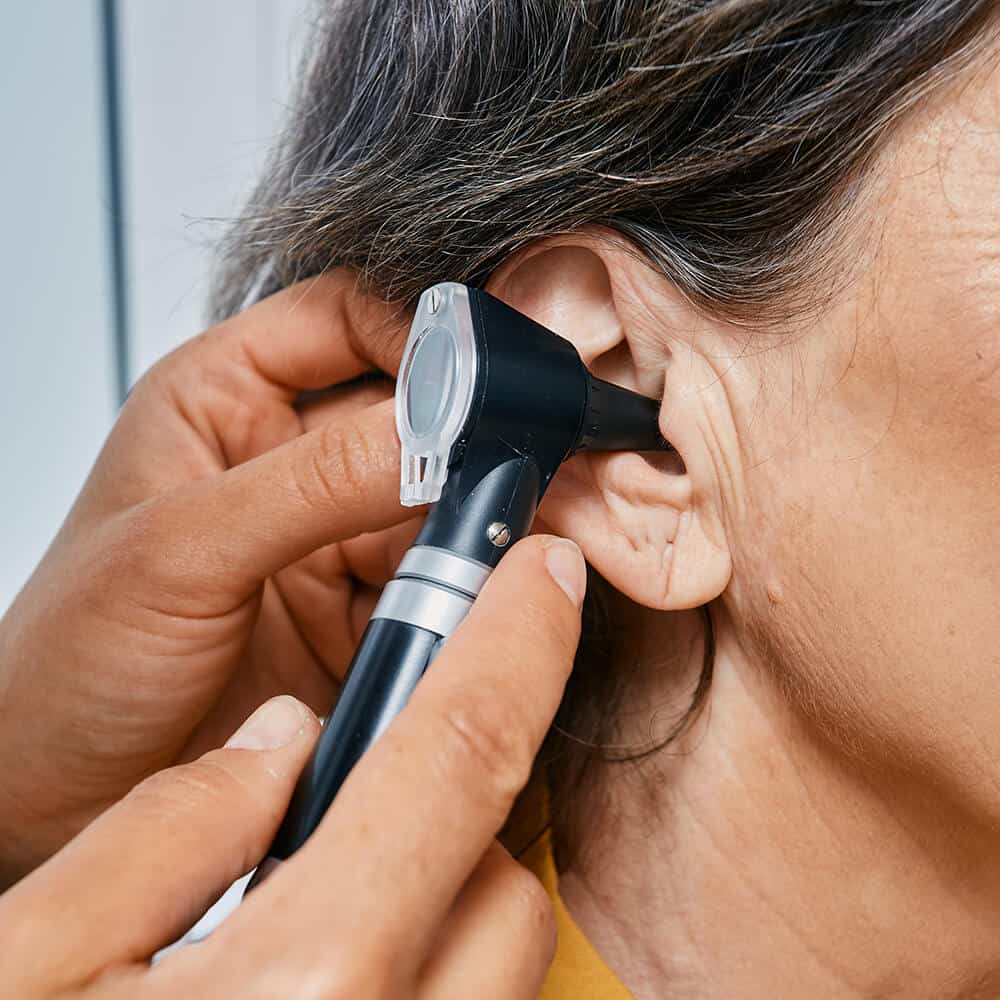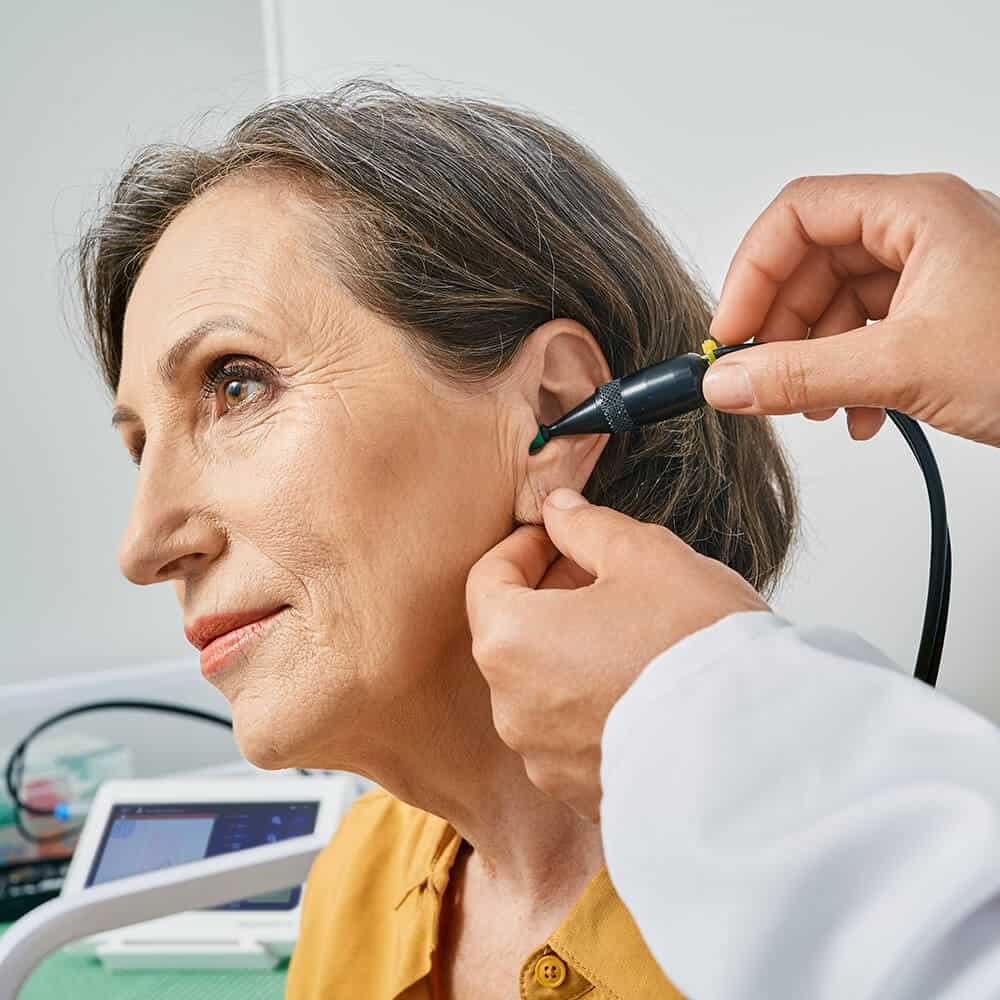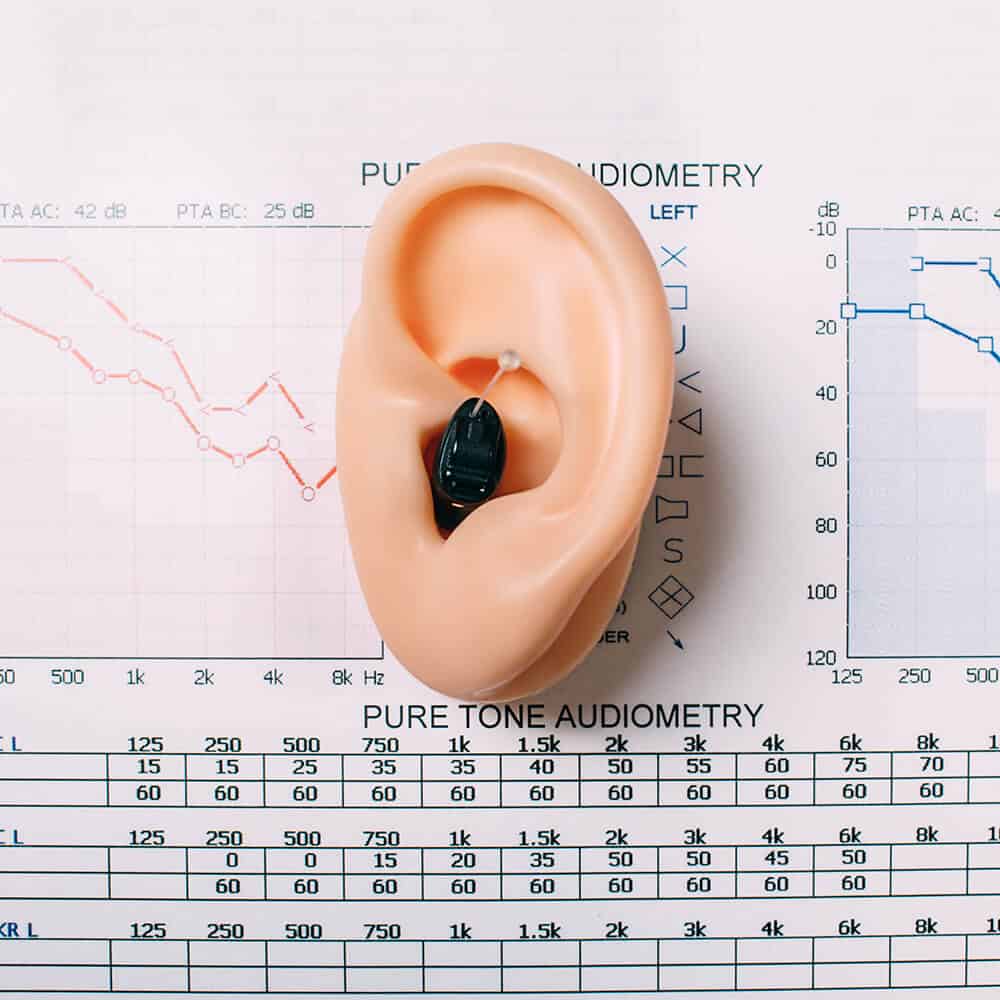Hearing Test
If you’ve scheduled a hearing test, good for you! Whether you think you may be experiencing hearing loss or not, hearing tests are an important part of maintaining your best health and well-being throughout your life.
The Better Hearing Institute, a non-profit organization, recommends getting a hearing evaluation once every decade until age 50, and once every three years after that. Those in high-risk professions or with a medical history indicating a higher risk for hearing loss should be tested even more frequently.
While there are numerous ways to take a “hearing test” online, these tests are not accurate enough to give you a real picture of what is happening with your hearing. Whether you are concerned that you need hearing aids or trying to confirm that your methods of hearing protection are working as intended, a professionally-administered hearing test is the only way to be sure your results are accurate.
The entire hearing test process is completely painless and takes about an hour and a half. Here’s what you can expect when you come in for your hearing test:

On Arrival
When you first arrive, reception will ask you to fill out a questionnaire about your hearing and medical history. This questionnaire allows you to tell us what might be happening with your hearing, and the kinds of things that are important to you. There are as many hearing needs as there are lifestyles, and if treatment or custom hearing protection is right for you, we want to make sure to match you with the solution that will fit most appropriately into your life.

Consultation
Now you’ll meet with your hearing care provider, and they’ll go over the answers you gave to the questionnaire with you. This is your chance to speak a little bit more about what your life is like in terms of your hearing. They may ask questions to get a better understanding of the details of your experience. It’s all part of providing the care that best matches your individual needs!

Visual Exam

The Hearing Test
Now the hearing evaluation begins! Your hearing care provider will ask you to step into a sound-proof booth and wear a set of headphones. They ask you to be in the booth so that outside sounds don’t make it harder for you to hear the sounds they will play into your headphones. Once you’re in the booth, they’ll administer a few different tests, depending on your reasons for coming in and what they find as the tests proceed. All of the tests will involve sounds being played in your headphones, while you are asked to respond to what you hear.
No one can hear everything during the tests, so don’t expect to be able to. Even those with “perfect” hearing can’t hear below a certain threshold, and the tests are designed to always reach a point where anyone who is taking the test will not be able to hear.

Tympanometry

